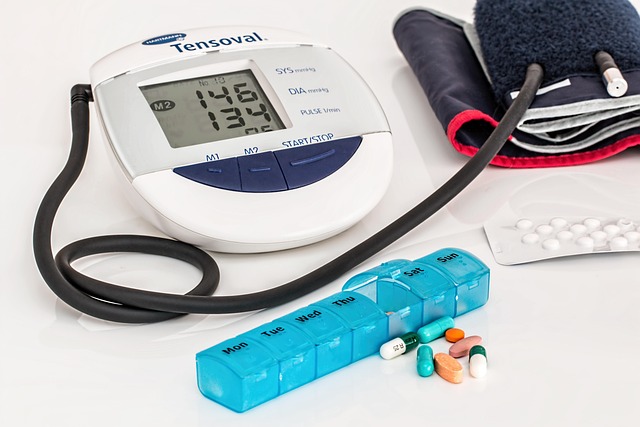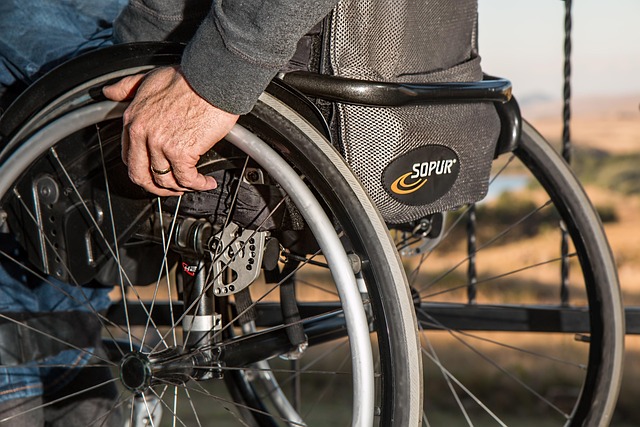The landscape of healthcare is continuously evolving, driven by innovative technologies that aim to enhance diagnosis and treatment methods. One of the most fascinating advancements in this arena is electromyography (EMG) sensors. These devices are revolutionizing how we understand muscular function, leading to groundbreaking health innovations.
Electromyography is a technique used to evaluate and record the electrical activity produced by skeletal muscles. Traditionally, this process involved bulky equipment and specialists performing tests in controlled environments. However, recent technological innovations have led to the miniaturization and enhancement of EMG sensors, making them more accessible for both clinical and at-home use.
The integration of advanced materials and smart technologies has enabled the development of compact, wearable EMG sensors. These devices are not only lightweight but also provide real-time feedback to users. Imagine athletes using these sensors to monitor their muscle performance during training, helping them to optimize their routines and prevent injuries. The power of electromyography has entered the realm of consumer health and fitness in a way that transforms the user experience, fostering a deeper connection between the individual and their physical capabilities.
For patients recovering from injuries or surgeries, electromyography sensors offer a promising avenue for rehabilitation. With portable devices, therapists can monitor muscle recovery and activity levels remotely, providing tailored rehabilitation programs that adapt to the patient’s progress. This level of customization is crucial, as it acknowledges that every individual’s recovery journey is unique. The instant feedback that EMG sensors provide boosts motivation, empowering patients to engage actively in their recovery.
Moreover, the data collected through these sensors can be analyzed using machine learning algorithms, enabling healthcare providers to gain insights into muscle function and disorders with unprecedented precision. This analytical power opens new doors for research and development in neuromuscular disorders, aiding in earlier diagnosis and more effective treatment protocols. The utilization of electromyography in clinical settings signifies a monumental shift towards data-driven healthcare, where every muscle twitch can contribute to understanding overarching health trends.
As we gaze into the future, the potential of electromyography sensors continues to unfold. With the rise of the Internet of Things (IoT), these devices are set to become even more interconnected. Imagine a world where your fitness tracker seamlessly communicates with an EMG sensor to provide holistic insights into your overall health. Such integrations would not only streamline health monitoring but also allow for personalized health recommendations based on real-time data.
In addition to fitness and rehabilitation, the applications of electromyography sensors extend into robotics and prosthetics. By translating muscle signals into commands, EMG technology is now making strides in prosthetic development, offering amputees enhanced control over their artificial limbs. This innovation bridges the gap between human capabilities and technological advancements, improving quality of life for countless individuals.
In summary, the technological innovations surrounding electromyography sensors illustrate a significant shift in health innovations, paving the way for a future where healthcare is more personalized, efficient, and data-driven. As we continue to explore the capabilities of electromyography, one cannot help but feel a sense of excitement for what lies ahead in the intersection of technology and health.



